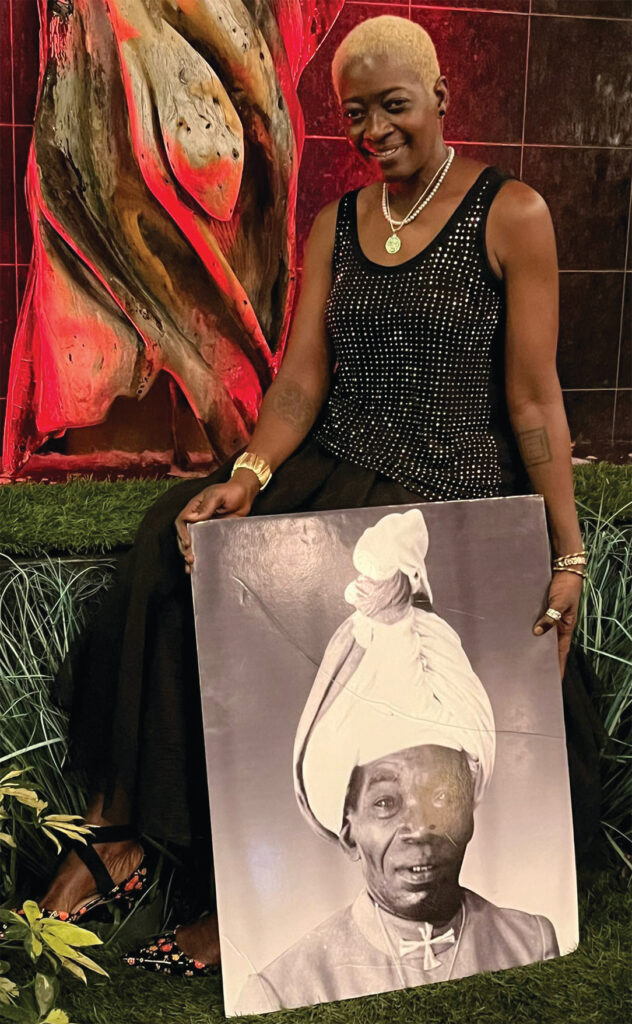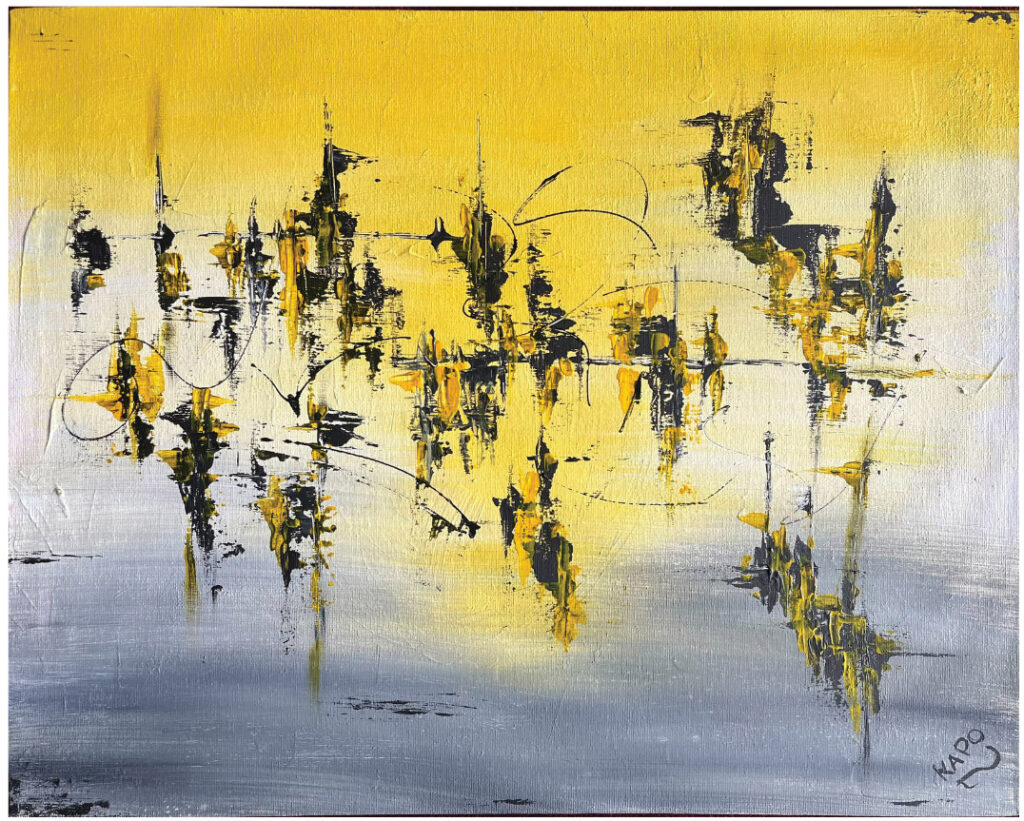The saying: ‘people often fear what they do not understand’, can easily be applied to the life and legacy of Mallica Reynolds. If that name does not strike a chord in your memory or ring a bell, that is because he was better known to Jamaicans and indeed the world simply as ‘Kapo’. Renowned artist, revival leader and controversial figure, Reynolds has been a key player in the rich history of Jamaican art and culture for decades, though not many can truly claim to know and understand the inner workings of the man, the muse and the mystery that is Mallica.

This task has fallen to his offspring Christine, the seventh of her father’s eight children who he raised as a single father, up until her pubescent days when he sent her to the United States to live with her godmother who turned out to be none other than the soulful singer Roberta Flack. Now Christine, who herself is an abstract artist, has decided to name and claim her legacy in an upcoming book, the title of which she is still keeping close to her chest, but she was willing to share that it encompasses what she saw growing up with her father. “The book speaks about his revival years and what I saw and experienced as a child because I sat at his right side every Sunday. My book will be released this year and it is very emotional for me. With the book you can read and make a more informed decision about the religion and not just use other people’s personal biases and prejudice.”
The bias she says stems not only from ignorance, but European influences handed down during slavery and the post-colonialism era about what were acceptable forms of worship versus what was considered primitive if not demonic. Mallica, she said was a Garveyite to the core as Marcus Garvey mentored him in his younger years. “My father actually started preaching at age twelve. He got the name ‘Kapo’ because he was a travelling preacher and was always hoping to get an offering that was enough to take him from one place to another.

He would throw out his cap and you know Maroons like to add an ‘o’ to everything when they sing so he would hold out his cap and sing ‘put some money in the cap-o’ and eventually the nickname stuck.”
There are clear differences between poco-mania and revivalism she said, though people tend to think they are the same. ‘Poco-mania’ literally translates to ‘little madness’, a term used derogatorily by Europeans who only acknowledged its existence in the mid-1800s though it is much older than that. The practice of revivalism she added is deep-rooted and Kapo’s involvement in the culture was as natural as breathing for him. “Revivalism was brought here by the Africans. It is thousands of years old. A lot of even the early Rastafari movement has revival influences. The first Rastafari songs were modified as they came from revivalism. There was a period in the 1980s where the revival bass drum was heard in both dancehall and in reggaeton. You could hear the kettle drum. A lot of people do not recognise just how powerful that sound actually is. In fact, I remember Bob Marley as a child used to peep in on daddy’s sessions as he could hear the music and was drawn to it. Nowadays, you don’t hear the link between music like ska, reggae, dancehall etc. I have recordings from the 1950s with Edward Seaga who tried to preserve the culture and study it as a social anthropologist.”

 1 year ago
85
1 year ago
85
 English (US) ·
English (US) ·